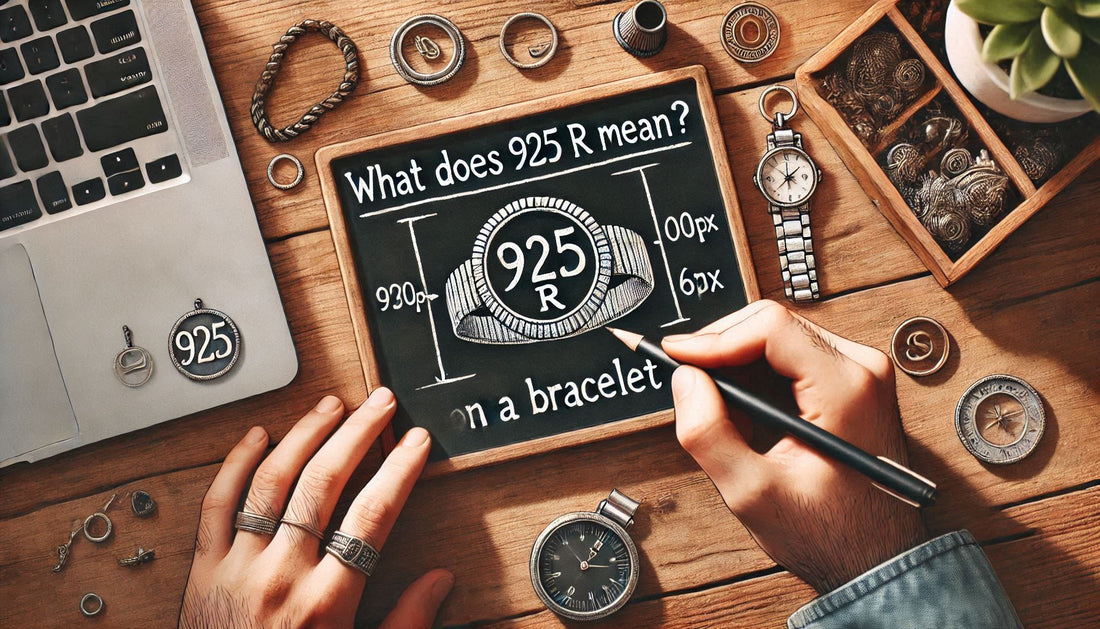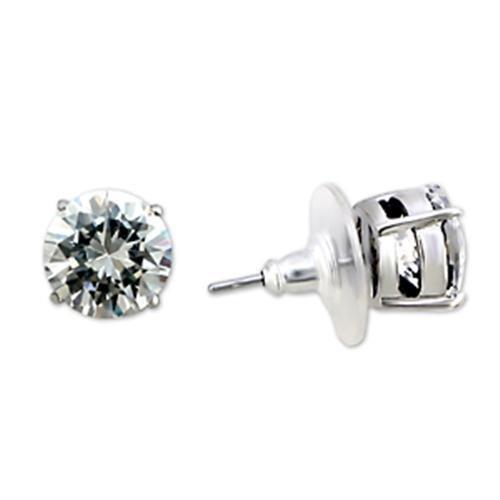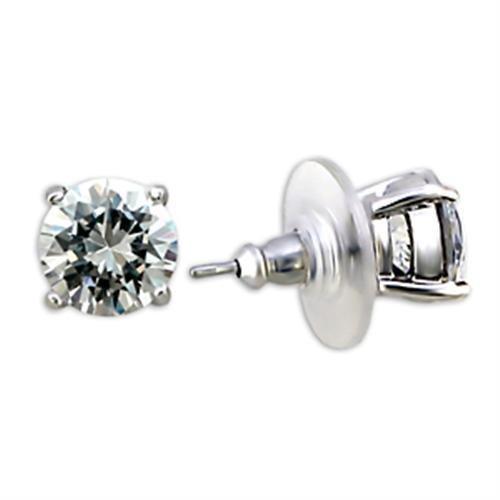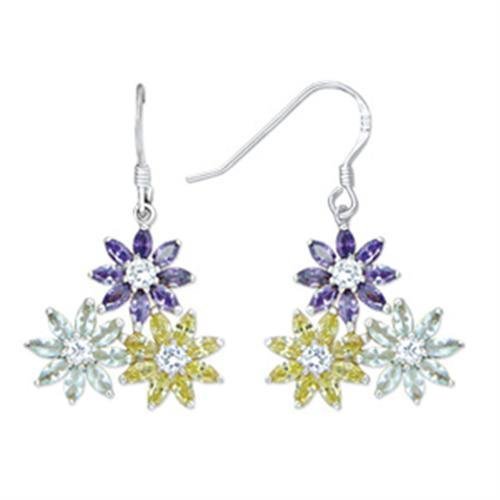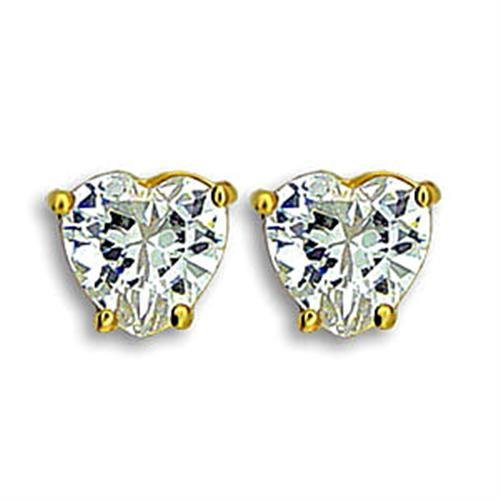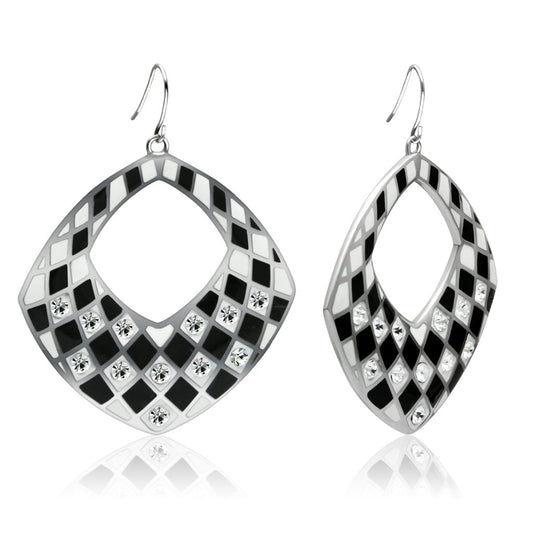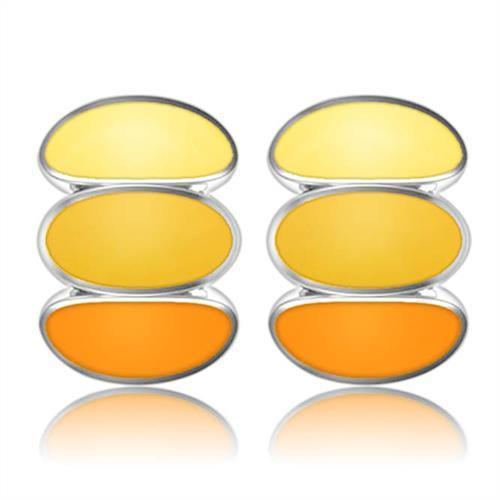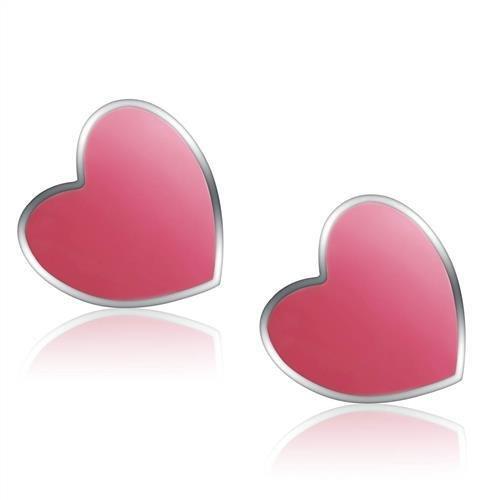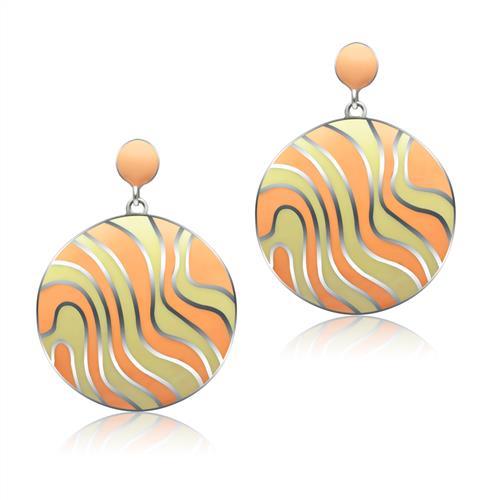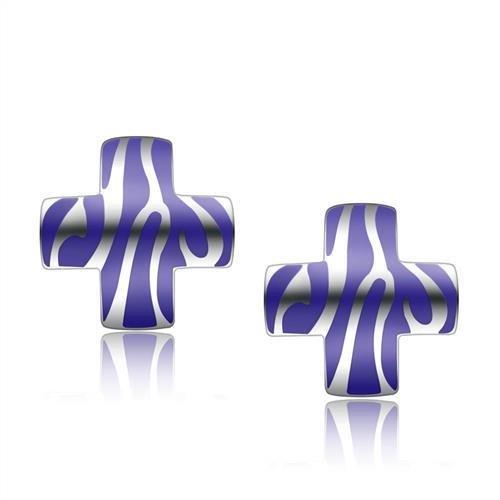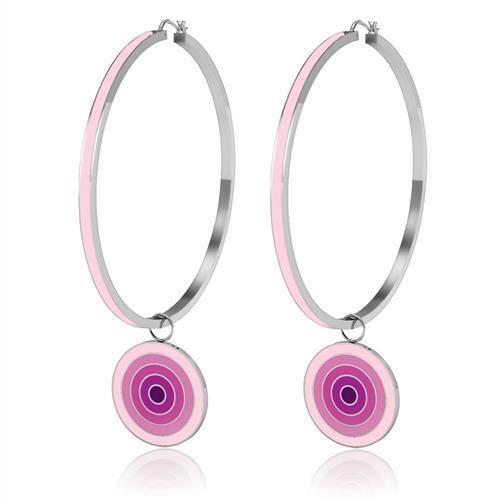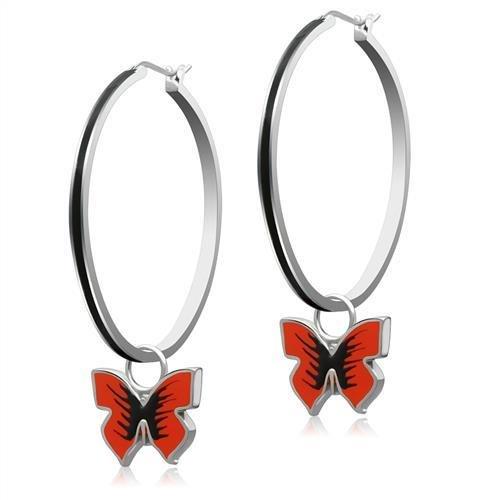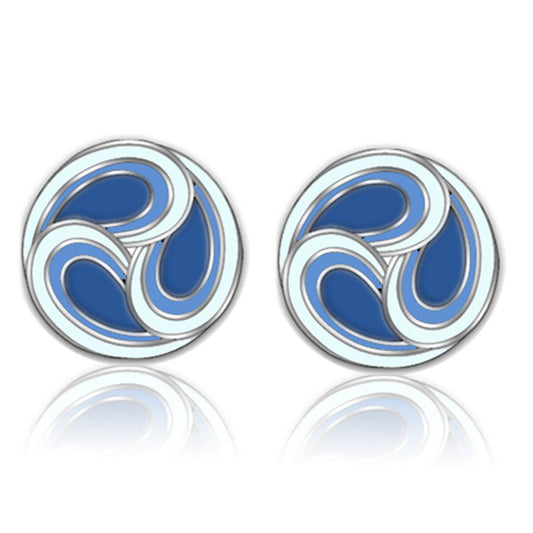The 925 R stamp on a bracelet holds a wealth of meaning. It is not just a number and a letter; it tells a story of authenticity, craftsmanship, and material composition. This article decodes the mysteries of this mark, explaining its significance in the jewelry world, why it's important, and how it relates to materials like sterling silver, rose gold plating, and antique finishes. By the end, you'll know exactly what to look for in your jewelry and how to identify these marks confidently.
Understanding the 925 Stamp
The “925” in jewelry signifies sterling silver, a durable alloy containing 92.5% pure silver and 7.5% of other metals, usually copper alloy, to enhance its strength. Pure silver, while beautiful, is too soft for everyday wear, making sterling silver the perfect compromise for bracelets, rings, and other frequently used items.
Many of the bracelets in our collection proudly bear the 925 mark, guaranteeing quality and durability. This hallmark is an internationally recognized standard, representing a commitment to authenticity and craftsmanship.
What Does the R Stand For?
The "R" accompanying the 925 stamp often sparks curiosity. While interpretations vary, the most common explanations include:
- Makers Mark: A symbol identifying the manufacturer.
- Style Indicator: For example, some believe it represents rose gold plating when paired with sterling silver, though this is not universally verified.
- Regional Marker: It may also denote origin, such as Chinese silver jewelry, which frequently includes “R” alongside other stamps.
Curious about more options? Explore our curated Pink Bracelet Collection, featuring stunning sterling silver designs.
The Importance of Purity Marks
Purity marks like "925" serve as an assurance to buyers. They signal that the metal meets international fineness mark standards, which vary between regions. For example:
- In Europe, EU standards require a minimum of 92.5% silver in sterling pieces.
- In the UK, the Lion Passant Mark has historically indicated sterling silver quality.
Without such markings, identifying real silver becomes tricky, and fraud can occur. At Precious Pulse Jewelry, we ensure all our pieces meet or exceed these standards, whether you're drawn to classic sterling silver or unique mixed-metal designs like those in our White Metal Collection.
Is it Gold Plated?
When 925 sterling silver is paired with a yellow or gold tone, many wonder if it's gold plated. While some items may feature a thin layer of gold, the "R" stamp itself does not specifically confirm this. Instead, additional notations or testing, such as the nitric acid test, are required to verify the material.
Want to see the difference for yourself? Browse our Brass Bracelet Collection for contrasting styles that include warm metallic hues.
Antique and Modern Jewelry Stamping
Jewelry bearing the 925 R hallmark might have an intriguing backstory. In some cases, it is linked with antique silver, while in others, it represents modern techniques or brands like Ross-Simons Jewelry. Understanding these variations helps collectors and wearers appreciate the full value of their pieces.
To explore timeless sterling silver designs that showcase both antique and contemporary aesthetics, visit our Sterling Silver Bracelet Collection.
Verifying the Authenticity of 925 Jewelry
Determining whether a piece stamped with "925 R" is genuine requires more than just a glance at the hallmark. The jewelry market is rife with imitations, making it crucial for buyers to know the verification techniques available to ensure authenticity.
Testing for Sterling Silver
The nitric acid test is one of the most reliable methods for verifying sterling silver. Jewelers use this method by applying a small drop of nitric acid to an inconspicuous area of the piece. Here’s what happens:
- Creamy White Reaction: Indicates genuine sterling silver.
- Green Reaction: Suggests the piece is silver-plated or made of a base metal.
This straightforward test is a valuable tool for collectors and enthusiasts. However, always entrust such evaluations to a professional to avoid damaging your jewelry.
Hallmarks: Your First Line of Defense
Before testing, examine the hallmark closely. In addition to the "925" and "R," you might find other symbols, such as:
- Fineness Marks: Indicating purity.
- Makers Marks: Identifying the manufacturer.
- Regional Marks: Highlighting the item's origin, such as "CHINA" for Chinese silver jewelry.
These hallmarks not only authenticate the piece but also provide insights into its history and craftsmanship. To explore hallmarked jewelry in various finishes, visit our White Metal Collection.
Regional Differences in Standards
Understanding how hallmarking varies globally can further help you interpret the "925 R" mark:
- European Union (EU Standards): Jewelry must meet at least 92.5% silver purity.
- United States: Hallmarks are not legally required but are widely used to assure quality.
- United Kingdom: Historically used the Lion Passant Mark to certify sterling silver.
These differences underscore the importance of researching the origin of your jewelry, as the same hallmark may signify varying levels of quality depending on where it was made. For instance, Egyptian silver can have as little as 60% purity.
Tarnishing and Oxidized Silver
One common characteristic of sterling silver is its tendency to develop a patina over time due to oxidation. While some may see silver tarnish as a flaw, many enthusiasts appreciate the antique aesthetic it lends. This characteristic is especially prized in antique silver and vintage pieces.
To minimize tarnishing, regular care and maintenance are essential. A polished sterling silver bracelet from our 925 Sterling Silver Collection is a great starting point for long-lasting beauty.
Spotting Fraudulent Jewelry
In today’s market, counterfeit jewelry is a growing concern. Here are a few red flags to watch for:
- Unclear Hallmarks: Genuine pieces feature crisp and readable stamps.
- Inconsistent Weight: Sterling silver has a specific weight; lightweight pieces might indicate plating or imitation.
- Unusual Pricing: If a deal seems too good to be true, it often is.
By staying informed, you can confidently invest in quality pieces like those in our Bracelet Collection.
The Role of Makers Marks
The "R" in the 925 R hallmark is frequently interpreted as a makers mark, pointing to the manufacturer or designer behind the piece. Brands like Ross-Simons Jewelry have made this hallmark recognizable worldwide.
These marks also help identify collectible pieces, making them valuable to antique and vintage jewelry enthusiasts. To learn more about unique makers marks, explore our Brass Bracelet Collection for examples of bold and artistic designs.
Caring for 925 Sterling Silver Jewelry
Once you've verified the authenticity of your 925 sterling silver bracelet, proper care ensures it remains beautiful and functional for years. Sterling silver, while durable, requires regular maintenance to prevent tarnish and preserve its shine.
How to Clean Sterling Silver
Over time, silver tarnish naturally forms due to oxidation. While some may enjoy the patina as a sign of character, others prefer a polished look. Here’s how to clean and maintain your sterling silver jewelry:
- Gentle Cleaning: Use a soft cloth or a dedicated silver polish to remove tarnish.
- Soap and Water: A mild dish soap and warm water solution works well for regular cleaning.
- Avoid Abrasives: Harsh cleaners or scrubbers can scratch the surface of your jewelry.
For heavily tarnished pieces, professional cleaning might be necessary. To keep your jewelry collection versatile, explore our Bracelets Collection for easy-to-maintain designs.
Storage Tips
Proper storage is as important as cleaning. Follow these steps to protect your jewelry:
- Use Anti-Tarnish Pouches: Store pieces in airtight bags with anti-tarnish strips to minimize oxidation.
- Separate Items: Avoid scratches by storing silver pieces separately from other metals.
- Keep Away from Moisture: Moisture accelerates tarnish. Store your jewelry in a dry environment.
Consider adding a piece from our Pink Bracelet Collection for a vibrant touch to your collection while following these storage tips.
The Appeal of Mixed-Metal Designs
Mixed-metal bracelets, such as sterling silver paired with gold plated or brass elements, offer an exciting blend of aesthetics. These designs are perfect for those who enjoy combining the cool elegance of silver with the warmth of gold tones.
For example, rose gold plating is a popular trend, often paired with sterling silver to create unique, eye-catching bracelets. Browse our Brass Collection for designs that embody this sophisticated mix.
Why Placeholder Rings Are on the Rise
Sterling silver is not just for bracelets; it's a favorite choice for placeholder rings, which are used as temporary engagement rings or affordable alternatives to gold and platinum. Its affordability, durability, and elegant appearance make it an ideal option for modern couples.
Explore the versatility of sterling silver in our White Metal Collection to find jewelry that suits every occasion.
Key Trends in Sterling Silver Jewelry
The popularity of sterling silver continues to grow due to its adaptability and timeless appeal. Key trends include:
- Antique Silver: Jewelry with oxidized finishes that evoke a vintage feel.
- Minimalist Designs: Simple, clean styles for everyday wear.
- Customizable Pieces: Bracelets with engravings or added charms.
Stay ahead of the trends by exploring new arrivals in our 925 Sterling Silver Collection.
Final Thoughts
The "925 R" mark is more than just a hallmark—it’s a testament to the artistry and quality of sterling silver jewelry. From verifying authenticity to maintaining its luster, understanding the nuances of this stamp empowers you as a buyer and a collector.
At Precious Pulse Jewelry, we take pride in offering a wide selection of sterling silver pieces that blend timeless design with modern craftsmanship. Whether you’re drawn to classic silver styles or bold mixed-metal designs, we have something to suit every taste.
FAQ: Understanding the 925 R Mark on Bracelets
Here are answers to some of the most commonly asked questions about the 925 R mark on bracelets, providing additional insights that go beyond the main article.
1. Is "925 R" the same as "925"?
No, while both indicate sterling silver, the "R" may serve as an additional identifier. It could refer to the maker’s mark, a specific design element, or even the region of origin.
2. Does the "R" always mean rose gold plating?
Not necessarily. While rose gold plating is a common interpretation, it’s not a universal standard. The "R" could have other meanings depending on the jewelry's origin or the manufacturer.
3. Can jewelry with a 925 R mark tarnish?
Yes, sterling silver, including pieces marked with 925 R, can tarnish over time due to exposure to air and moisture. Proper care, such as storing jewelry in anti-tarnish pouches, can minimize this effect.
4. How can I tell if my bracelet with the 925 R mark is vintage?
Look for additional hallmarks, signs of wear, or stylistic elements typical of vintage jewelry. A jeweler or appraiser can help you determine its age and authenticity.
5. Is a 925 R bracelet valuable?
The value depends on factors like the purity of the silver, the presence of gemstones, craftsmanship, and whether the piece has historical or collectible significance.
6. Why does my 925 R bracelet have a gold tone?
It’s likely plated with a gold or rose gold layer. The 925 mark still indicates that the base metal is sterling silver, regardless of the outer coating.
7. What should I do if my 925 R bracelet irritates my skin?
Allergic reactions are rare with sterling silver, but the small percentage of alloy metals (like copper or nickel) may cause irritation. Ensure the bracelet is authentic sterling silver and consult with a jeweler if needed.
8. Can I wear my 925 R bracelet in water?
While sterling silver is durable, prolonged exposure to water (especially chlorinated or saltwater) can accelerate tarnishing. Remove the bracelet before swimming or showering to maintain its appearance.
9. Is 925 R jewelry hypoallergenic?
Sterling silver is generally hypoallergenic, but the presence of other metals in the alloy or plating could cause reactions in sensitive individuals. Look for jewelry specifically labeled "nickel-free" if you have allergies.
10. How do I find the manufacturer behind the "R" mark?
Research the hallmark in databases or consult a professional jeweler. Makers marks like the "R" can often be linked to specific brands or regions, offering clues about the piece's origin.

